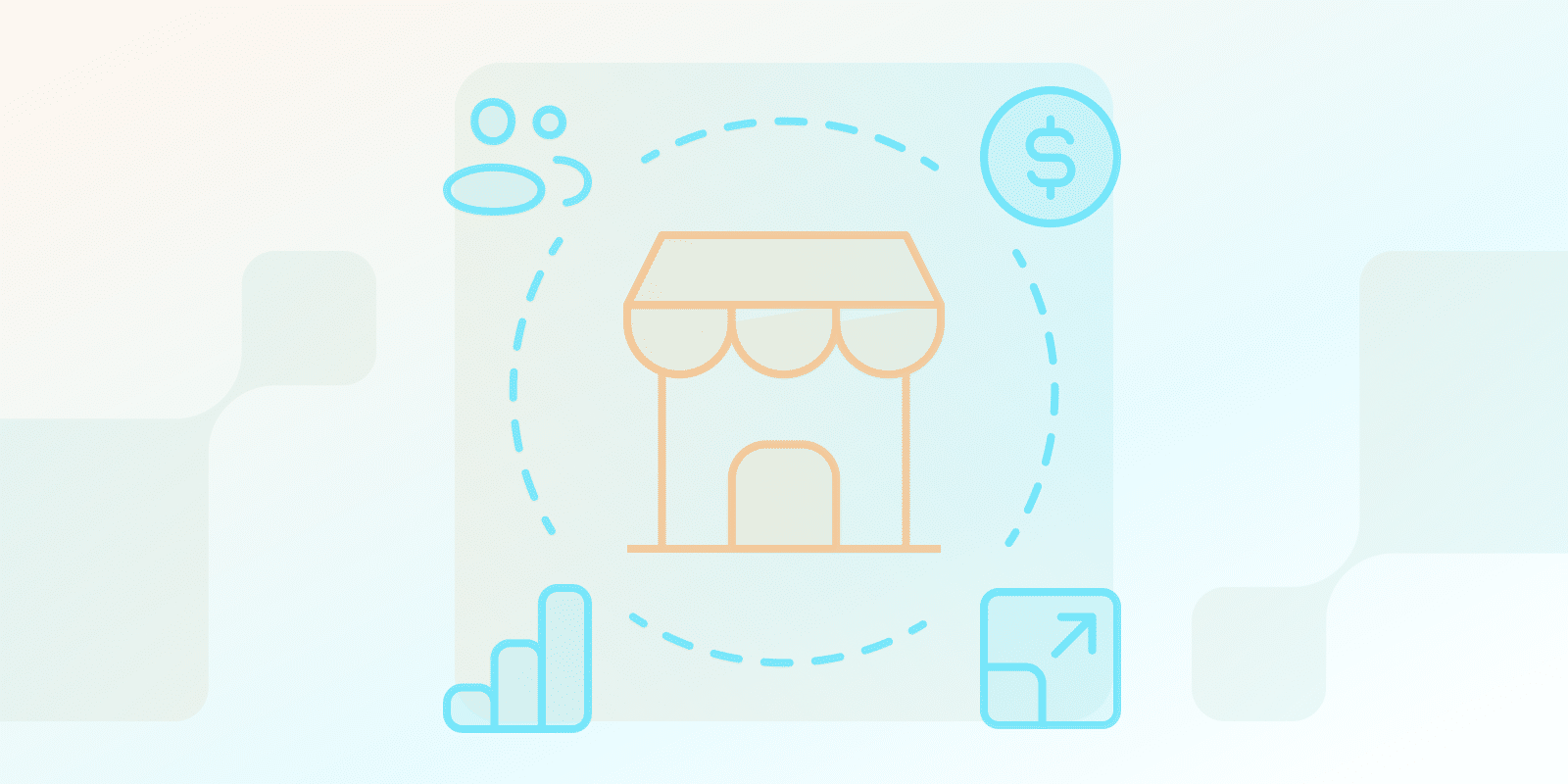Revenue Models
What is SaaS Marketplace Revenue Model?

What is the SaaS marketplace model?
A marketplace revenue model is a business approach in which a central platform serves as a link between buyers and sellers, with revenue streams derived from transaction fees, subscription fees, and listing fees. Marketplaces offer different products, and they handle various operations like sales and inventory management.
Alternatives: A hybrid business strategy that combines several revenue streams may be employed by some markets.
To make sure a marketplace is a good financial fit for your organization, thoroughly investigate the pricing schedules and services offered.
What is the difference between a marketplace and e-commerce?
A single company sells its own items directly to customers in an e-commerce model, but a marketplace accommodates numerous independent vendors providing a wide variety of goods or services. Consider an online marketplace as a single brand store and e-commerce as a sizable shopping center.
| Feature | Marketplace | E-commerce |
|---|---|---|
| Business Structure | ||
| Seller Model | Multiple independent vendors | Single company |
| Product Source | Various third-party sellers | Direct product ownership |
| Operations | ||
| Inventory Management | Managed by individual sellers | Centralized management |
| Quality Control | Vendor verification and review system | Direct quality assurance |
| Revenue Structure | ||
| Primary Revenue Source | Commission, subscriptions, listing fees | Direct product sales |
| Pricing Control | Set by individual vendors | Centralized pricing strategy |
| Customer Experience | ||
| Product Variety | Wide range from multiple sellers | Curated selection from single brand |
| Shopping Experience | Similar to shopping center | Similar to single brand store |
What are the three main types of marketplace revenue models?
The three types of SaaS revenue models for marketplaces are:
- Commission-based: For every completed transaction, the marketplace keeps a portion of the money.
- Subscription-based: To offer their goods or services, sellers must pay a certain monthly or yearly charge.
- Listing Fee: Every time a seller lists a new good or service, they are billed a fee.
What companies use the marketplace model?
Although there are many SaaS companies that employ this revenue model, the following four are the most well-known ones:
- Amazon is an online marketplace that provides a wide range of products from independent merchants.
- Etsy: Specializes in handmade goods.
- Airbnb: Links vacationers with worldwide hosts who offer short-term rentals.
- Upwork: A platform for independent contractors offering everything from software development to writing and design.
What are the advantages of a marketplace model?
The marketplace approach offers a number of benefits, including:
- Brand reach: Once part of a marketplace, sellers have access to customers from various segments.
- Scalability: Marketplaces can attract different sellers, expanding their network.
- Reduced expenses (for vendors): Marketplaces handle different processes like advertising, shipping, inventory, or website creation and maintenance.
- User Community: Through reviews and interaction, marketplaces frequently promote a feeling of community.
Consider the following questions to determine if this model is appropriate for your SaaS business:
- Do you provide a widely appealing good or service? Items that are likely to draw a large number of purchasers do best in marketplaces.
- Are you able to manage rivalry? Get ready to differentiate yourself from other vendors.
- Are you able to meet the heightened demand? Make sure you are prepared for any volume that a marketplace may deliver.
Conclusion
With the marketplace revenue model, you can access customers from different segments and limit resource usage. You can determine if this method is the best fit for you by being aware of the various sorts, benefits, and factors.